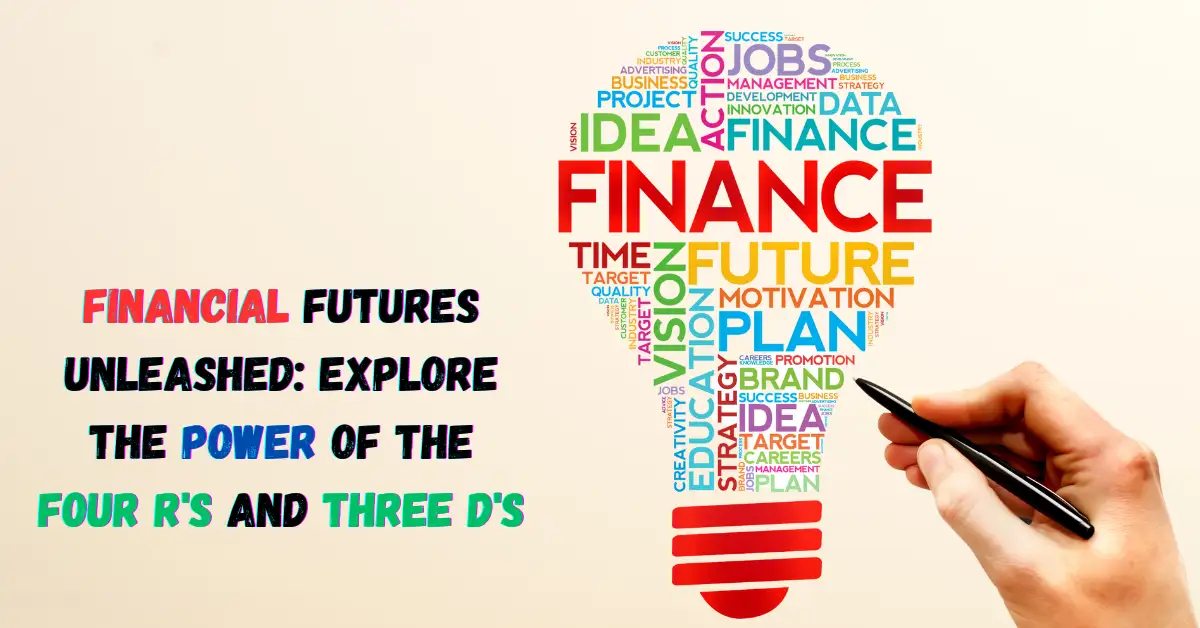
The Evolving Landscape of Finance: Navigating the Four R’s and Three D’s
In the dynamic realm of finance, the future is shaped by four pivotal themes: Risk (and Resilience), Regulation, Reformation, and Reinvention. These elements are steering a transformative course for the industry. Simultaneously, the acceleration is fueled by three key pillars: Digital (and Data), Decarbonization, and Decentralization. Let’s delve into each aspect to gain a comprehensive understanding of the evolving financial landscape.
Risk (and Resilience)
The financial sector finds itself amid heightened economic instability and climate-related risks, coupled with the omnipresent threat of cybersecurity breaches. In response, banks and insurers are prioritizing risk management. As Artificial Intelligence (AI) and tokens disrupt the industry, organizations must delicately balance innovation with risk mitigation, ensuring a secure and sustainable financial ecosystem.
Regulation
Regulatory landscapes worldwide are rapidly evolving, with a sharp focus on data privacy and risk mitigation. Regulators are enforcing measures to safeguard against various risks, including capital, climate, fraud, and technology risks. Investments in financial crime and fraud detection, identity and data management, and robust reporting are accelerating to meet regulatory compliance requirements. The exponential growth of AI and data privacy regulations is reshaping the industry’s future.
Reformation
Digital transformation is on an upward trajectory, with value-based cloud, AI-native, and platform-based approaches becoming the new norm. The adoption of open and embedded finance is gaining momentum, driven by enhanced data-sharing capabilities, API monetization, and integrated platform business models. This growth fuels the rise of banking-as-a-service and open insurance, opening new opportunities for industry-wide transformation, especially with the emergence of Generation AI (GenAI).
Reinvention
Innovative business models are reshaping industry value chains through disruptive technologies like the Internet of Things (IoT), edge computing, 5G, blockchain, distributed ledger technology, and augmented/virtual reality. Examples include collaborative efforts between banks and insurers for bancassurance arrangements, retailers offering buy-now-pay-later services, and auto manufacturers partnering with payment service providers for seamless customer experiences.
The Three D’s: Accelerating Transformation
Digital (and Data)
Digitalization remains pivotal for financial institutions to drive operational efficiency and cost transformation. Harnessing the power of data and AI, along with generative AI capabilities, holds the potential to enhance productivity, improve customer experiences, personalize products and services, and reduce risks. Legacy modernization and cloud migration will continue to play a role, but AI and machine learning will increasingly focus on customer experience improvement and fraud detection.
Sustainability (Decarbonization)
Financial institutions face mounting pressure to integrate environmental, social, and governance (ESG) goals into their strategies. Banks align their lending and investment portfolios with sustainable financing, while insurers offer reduced premiums for sustainable practices. Initiatives aimed at reducing emissions and investing in renewable energy sources gain prominence, emphasizing the pivotal role of advanced technologies and IT in these efforts.
Decentralization
Blockchain and distributed ledger technologies (DLT) catalyze a new wave of transformation, particularly in capital markets. Ongoing exploration of Central Bank Digital Currencies (CBDCs) offers smart, instant, and programmable payments, enhancing cross-border transactions. Digital identity solutions and the evolution towards Web3 (now moving to Web 4.0) have the potential to democratize value exchange. Interoperability and standards become key to global and scaled adoption of decentralization.
A Collaborative Approach for Success
Thriving in the future demands a focus on risk management, regulatory compliance, digital transformation, and innovative business models. Sustainability and decentralization are integral components of this journey. Collaboration with ecosystem partners and regulators becomes vital for gaining a competitive edge and differentiation in the ever-evolving financial landscape.
As the financial industry continues to be shaped by the four R’s and accelerated by the three D’s, staying abreast of these trends and crafting strategic roadmaps is essential for financial leaders and decision-makers. The future of finance promises to be dynamic, filled with opportunities for those who adapt and innovate to meet the evolving needs of customers and the regulatory environment.





